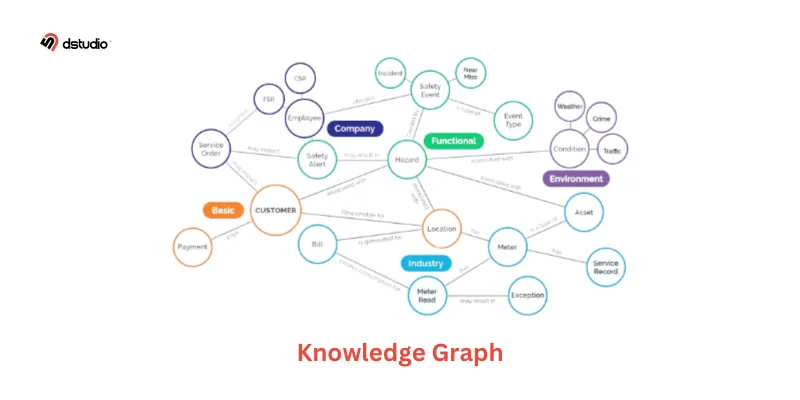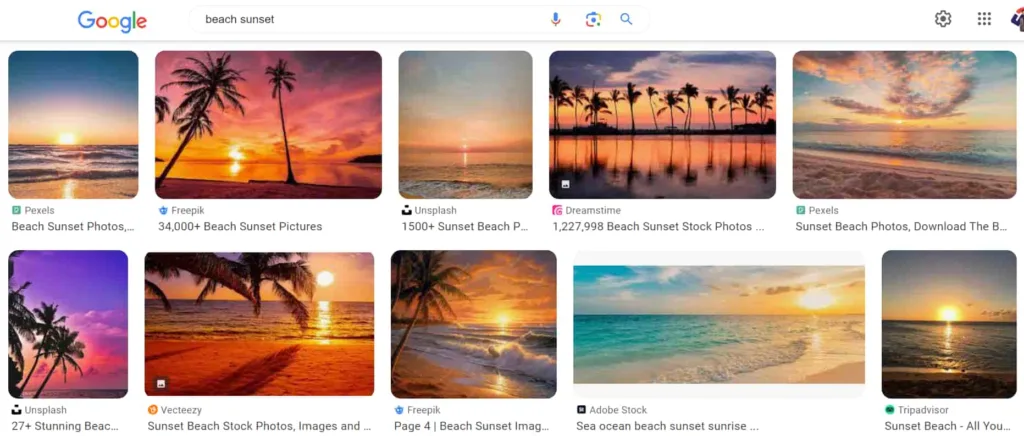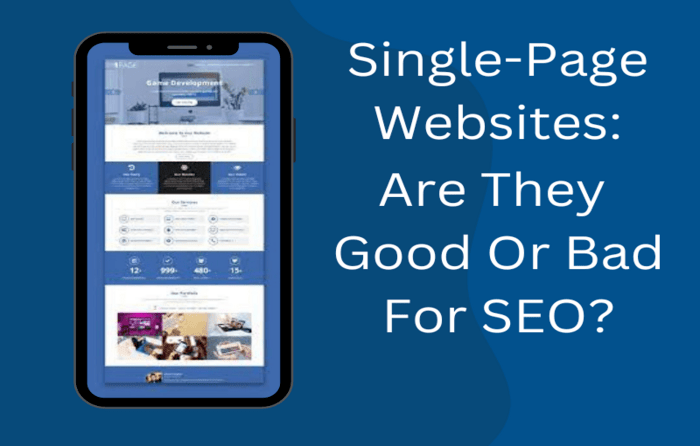As a marketer, you know that SEO is important for your brand’s success and visibility. You also understand that there are always new SEO methods and techniques to learn and apply. Because of advancements in technology and search engine algorithms, marketers need to be adaptable and flexible in their approach.
A new trend in SEO called Entity SEO is gaining popularity and becoming increasingly important for success in the SEO world.
Many SEO professionals are puzzled about how to understand and, make use of ‘entities‘ in SEO.
This confusion can be understood, especially considering that SEO was traditionally focused on words and phrases.

In the past, SEO experts had no idea about the concept of ‘entity’ in search.
SEO principles– from content writing to using specific keywords in links and SERP tracking, all of these were keyword-centric. As a result, many peoples struggle to understand the transformations that have taken place.
But in the last ten years or so, search engines have been getting better at understanding the internet as a collection of words and interconnected entities, not just isolated keywords.
Using entities in SEO is like building a solid foundation for a strategy that will work well in the future.
In this article I will explain about what are entities? and why do they matter.
What Are Entities ?
For a long time, keywords have been the focus of search engine optimization (SEO) rankings. But now, a new type of factor is affecting Google’s rankings: entities. So, what exactly is an entity?
According to Google, it’s something that’s “singular, unique, well-defined, and distinguishable.”
But this definition can still have different meanings. An entity doesn’t have to be physical object or a specific word. It is a separate idea that can be connected to different search terms.
Examples of entities:
- People
- Places
- Products
- Country
- Domains
- Dates
SEO professionals sometimes mix up entities with keywords. In search, an entity is like a unique entry in a database. Each entity has its own special ID. In Google, it could look like this: “MRCID=/m/9356″ or “MIDE=/g/121y50m4. Which is not exactly a “word” or “phrase.”
This confusion arises because:
- SEO professionals initially learned about keywords and phrases before 2010, and many professionals still focus on them.
- Every entity has a label, which is usually a keyword or descriptor.
While we might see the ‘Statue of Liberty‘ as a clear entity, Google views it as something like ‘ID=/m/0wr2.’ Google doesn’t mind if you refer to it as ‘Statue of Liberty,’ ‘La Liberté éclairant le monde’ (its French name), or even ‘Statue of Freedom.’ It recognizes that you are likely referring to that underlying entity in its Knowledge Graph.
Entity vs Keywords
Google is changing how it handles search queries. Instead of focusing mainly on keywords, it is now giving more attention to entities. This is because keywords can be confusing, like the word “apple” which could mean either the fruit or the brand. So, Google is reassessing how important keywords are in searches.
The use of keywords in search engines can be frustrating for users who are unable to find the information they need. This is because keywords are language-specific and can have multiple translations, making it challenging to differentiate between them.
It used to be really hard for search engines, like Google, to make connections between different keywords on a webpage. They could only rank a webpage for one term, even if there were related keywords. This was especially true in the early days of Google.
What is Knowledge graph ?

A knowledge graph is a collection of interlinked entities. According to Bill Slawski(Late) :
A knowledge base is a source of knowledge like Wikipedia or the Internet Movie Database. It’s focused, topical information on a particular subject. A lot of the concepts within those knowledge bases are connected in one way or another. That connection, the way they’re connected is how you come up with the concept of a knowledge Graph, where facts are connected to each other, entities within the knowledge graph have relationships with other entities and with facts.
In what way does Google utilize entities?
As we mentioned before, the Google Knowledge Graph is very important for entity SEO. The knowledge graph is basically the connections between different entities.
Any developer can access the Google Knowledge Graph API to help search for entities. The knowledge graph combines diverse entity metrics based on four factors, namely relatedness, notability, contribution, and prizes.
The Google algorithm considers these factors to establish a network of links between various entities to enable more efficient searching for the user.
How Entities Work And How They Are Used For Ranking
Now that you understand the concept of entity SEO, let’s explore some tactics that can be applied to your brand’s SEO to effectively target the latest updates in the Google algorithm.
These strategies will shift the focus of your organization towards entities rather than just keywords.
Entities In The Core Algorithm
Entities are mostly used to make ideas clear, not to decide which pages are better when they have similar ideas.
But that doesn’t mean using entities cleverly can’t make your website’s content show up higher in search results. It can. However, when Google gives you search results, its main goal is to give you the right answer first
Google takes a lot of time turning words on web pages into underlying entities. It does this when indexing your site and when it figures out what someone is searching for.
Let’s say you type in ” Name coffee shops under the Eiffel Tower?’ Google knows you’re not asking about the words ‘name‘ or ‘Eiffel Tower.’ You want to know about a coffee shop, and not just any coffee shop – one in a particular place. In this search, the key things are ‘coffee shop‘ and where it is, like ‘Champ de Mars, 5 Av. Anatole France, Paris,’ which is where the Eiffel Tower is.
SEO experts should mention how amazing the view of the Eiffel Tower is on its website. This helps Google understand that the page is related to the search question.
Language Agnostic
Entities are really helpful for search engines because they are language agnostic. This means you can show what an entity is in many different ways.
For example, think about the Eiffel Tower. You can show it using a picture because it’s so famous. Or you can use a sound recording or the official webpage about it.
All of these ways work well to describe the entity. And sometimes, they can also be used as identifiers for the entity in different knowledge graph.
Connection Between Entities
The “connections between entities” refer to the relationships and associations between different pieces of information or concepts in a structured way. In the context of SEO and digital content, entities are specific items or subjects, and understanding their connections means recognizing how they relate to each other.
These connections help search engines understand the context and relevance of content, which can affect how content is ranked and displayed in search results.
For example, if we consider the entities “Eiffel Tower,” “restaurants,” and “discounts,” understanding their connections would involve recognizing that there are restaurants near the Eiffel Tower and that some of these restaurants may offer discounts.
When you optimize your content for these connections, it can improve the visibility and relevance of your content in search engine results.
You can use this idea to make really powerful webpages. First, list all the webpages that compete with yours for a certain search term.
Then, make a table that shows the underlying entities and their importance. This table can be like a plan for a writer to create new content that’s better than what others have written about the same topic.
Entities in Image Search
Entities in image search refer to the specific objects, subjects, or elements that search engines like Google recognize within images.

When you search for “beach sunset” in image search, the search engine looks for images that contain these specific elements – a sun setting over the sea against a sandy beach with a colorful sky.
Optimizing for these entities in image search can help your content appear in search results when people are looking for images related to a beach sunset.
Entities in Google Discover
Entities in Google Discover can be thought of as the key topics or subjects that Google uses to curate personalized content recommendations for users. Instead of showing a list of articles or webpages, think of it as Google trying to match your interests with specific themes or subjects.
Imagine Google Discover as your own personal digital magazine that learns what you like and then presents you with articles, news, and content related to those specific entities. These entities are like the building blocks that help Google understand your preferences and serve you content that aligns with your interests and browsing habits.
How To Optimize For Entities
According to Research from Googler :
In this research by Dunietz and Gillick, they discuss how natural language processing (NLP) systems have shifted towards focusing on entities. They introduce the idea of a “binary salience system” used on extensive datasets to identify the important elements in a document or webpage.
Now, what this means is that Google might categorize a document as either completely related to a specific entity or not related at all.
Later on, it’s suggested that Google has evolved its approach to “salience” by using a sliding scale from (0 to 1). This scale is akin to the scoring system found in its NLP API.
Overall, this paper offers valuable insights into where Google believes entities should be positioned on a page to be considered important or “salient” in the eyes of search engines.
This research provides insights into how Google interprets web content and the importance it places on different factors:
1st-loc: Where Entities First Appear
One critical aspect of this research is the concept of “1st-loc,” which refers to the location within a webpage where the mention of an entity first occurs. The placement of entities early in a webpage can influence how search engines perceive the salience or importance of those entities to the content.
Head-count: Counting Entity Mentions
Another aspect, “Head-count,” involves counting how many times the primary word associated with an entity (the “head” word) appears in the content. This count helps determine the prominence of an entity within the text.
Mentions: Beyond Just Words
Mentions” mean more than just using words or labels to talk about something. They also include references or referrals to that thing, like when we use words like “he,” “she,” or “it.” These references help make that thing more important or relevant.
Headline: Entity Placement in Headings
Considering where an entity appears in headlines or headings is necessary. The presence of an entity in these prominent positions can signal its significance within the content.
Head-lex: Simplified Head Word
“Head-lex” represents the simplified or lowercased form of the head word of the entity’s first mention. This simplification helps search engines recognize and associate entities more effectively.
Entity Centrality: Importance Within a Network
Entity Centrality is all about figuring out how important something is in a network or knowledge graph. When search engines look at the connections and how close things are in the knowledge graph, they can decide how significant they are in a certain situation.
How Entity Signal Influence SEO
Imagine you have a complex algorithm, not necessarily Google’s, that works like a detective on a webpage or even an image. Its job is to identify important things called entities and rate how significant they are for a given topic.
Assigning Scores
For each entity, this algorithm assigns a score, sort of like a grade in school. It’s either a “1” (very important) or a “0” (not important). Sometimes, it’s more precise with values between 0 and 1.
The Mystery of Weightings
The algorithm keeps its weightings secret, like a magician never revealing their tricks. These weightings determine how much importance each entity gets. And guess what? These weightings are only decided after analyzing hundreds of millions of pages. It’s the way big language models work.
 SEO Pro Tips :
SEO Pro Tips :
For SEO pros looking to boost their content around multiple entities, let’s say, “hiking trails in the Rocky Mountains,” here’s a plan:
Name Your Entities: Give each entity a clear name, like “hiking trails,” “Rocky Mountains,” and “scenic views.” This helps organize your content.
Put Them in Prominent Places: Include all three entities in your headers and the first sentence, like saying, “Hiking trails with stunning views in the Rocky Mountains.”
Show Relationships: Explain how these entities connect. For example, “The Summit Trail offers breathtaking view of the Rocky Mountains.” No need to repeat “Rocky Mountains” if it’s clear from the context. Keep your language natural.
By following these tips, your content becomes more engaging and informative, improving your SEO without revealing the algorithm’s secret sauce.
Using Schema Markup to define Entities
You can make search engines understand your webpage better by using “about” and “mentions” schema. These types of schema are important for describing what your webpage is about.
This approach aligns well with the requirements of knowledge graphs
<script type="application/ld+json">
{
"@context": "https://schema.org",
"@type": "WebPage",
"@id": "https://www.yoursite.com/yourURL#ContentSchema",
"headline": "Hiking trails with stunning views in the Rocky Mountains",
"url": "https://www.yoursite.com/yourURL",
"about": [
{
"@type": "Thing",
"name": "Hiking Trail",
"sameAs": "https://en.wikipedia.org/wiki/Hiking_trail"
},
{
"@type": "Place",
"name": "Rocky Mountains",
"sameAs": "https://en.wikipedia.org/wiki/Rocky_Mountains"
}
],
"mentions": [
{
"@type": "Thing",
"name": "Scenic Views",
"sameAs": "https://en.wikipedia.org/wiki/Scenic_views"
}
]
}
</script>
In conclusion, understanding the concept of entities in SEO is important for online success. These digital representations of real-world entities provide search engines with context and relevance. By recognizing their significance and optimizing content accordingly, website owners can improve their rankings, increase visibility, and better connect with their target audience.
FAQ
What is semantic SEO?
Semantic SEO involves optimizing content for the meaning behind words. It focuses on context, intent, and user experience, aligning with search engines’ efforts to understand natural language and user queries.
What is NLP in SEO?
In SEO, NLP stands for Natural Language Processing. It involves the use of AI and machine learning to help search engines understand and interpret human language, to deliver more contextually relevant results.
What is LSI keyword?
LSI keywords, also known as Latent Semantic Indexing keywords, are words that are connected to a main keyword. These words help search engines figure out the meaning and context of the content. By including LSI keywords, the content becomes more relevant and improves its chances of being found by search engines.
What is SEO semantic HTML code?
SEO semantic HTML code is structured, meaningful markup that helps search engines understand content.






